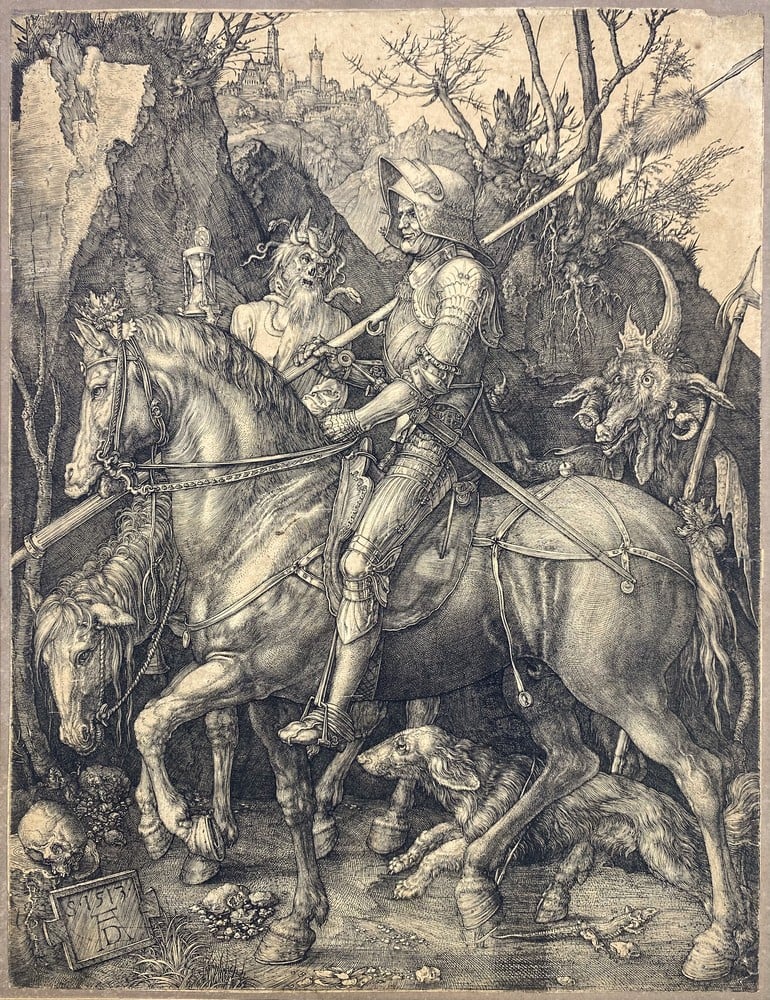A collection of thirty paintings, loaned from the Imam Ali Religious Arts Museum in Tehran, has disappeared, sparking outrage and calls for an urgent investigation. According to a report from Artdependence, the artworks were meant to be showcased in an exhibition authorized by “an unidentified entity outside the municipality,” but there is no record of the exhibition ever taking place.
Nasser Amani, a member of Tehran’s City Council, revealed the alarming news during a recent meeting, expressing frustration over the lack of transparency. One of the missing works is valued at approximately 300 billion rials (around $500,000), yet despite numerous inquiries, officials have remained silent about their whereabouts. “We’ve made several attempts to follow up,” Amani stated, “but not only have we been denied any reports, there has been no clear response regarding the fate of these invaluable pieces of art.”
This incident joins a troubling series of cultural asset disappearances in Iran. In a prior scandal, 48 handwoven carpets were stolen from Sa’dabad Palace, with allegations that they were relocated to private residences. Such events have intensified criticism of the government’s failure to protect Iran’s cultural treasures.
As suspicions of black-market dealings and internal corruption grow, many are now questioning whether Iranian officials are complicit in the sale of these historic pieces, especially in the face of economic sanctions and widespread mismanagement. Activists and cultural preservationists are urging a thorough investigation into the missing artworks, stressing the urgent need for accountability to safeguard Iran’s rich cultural heritage.










